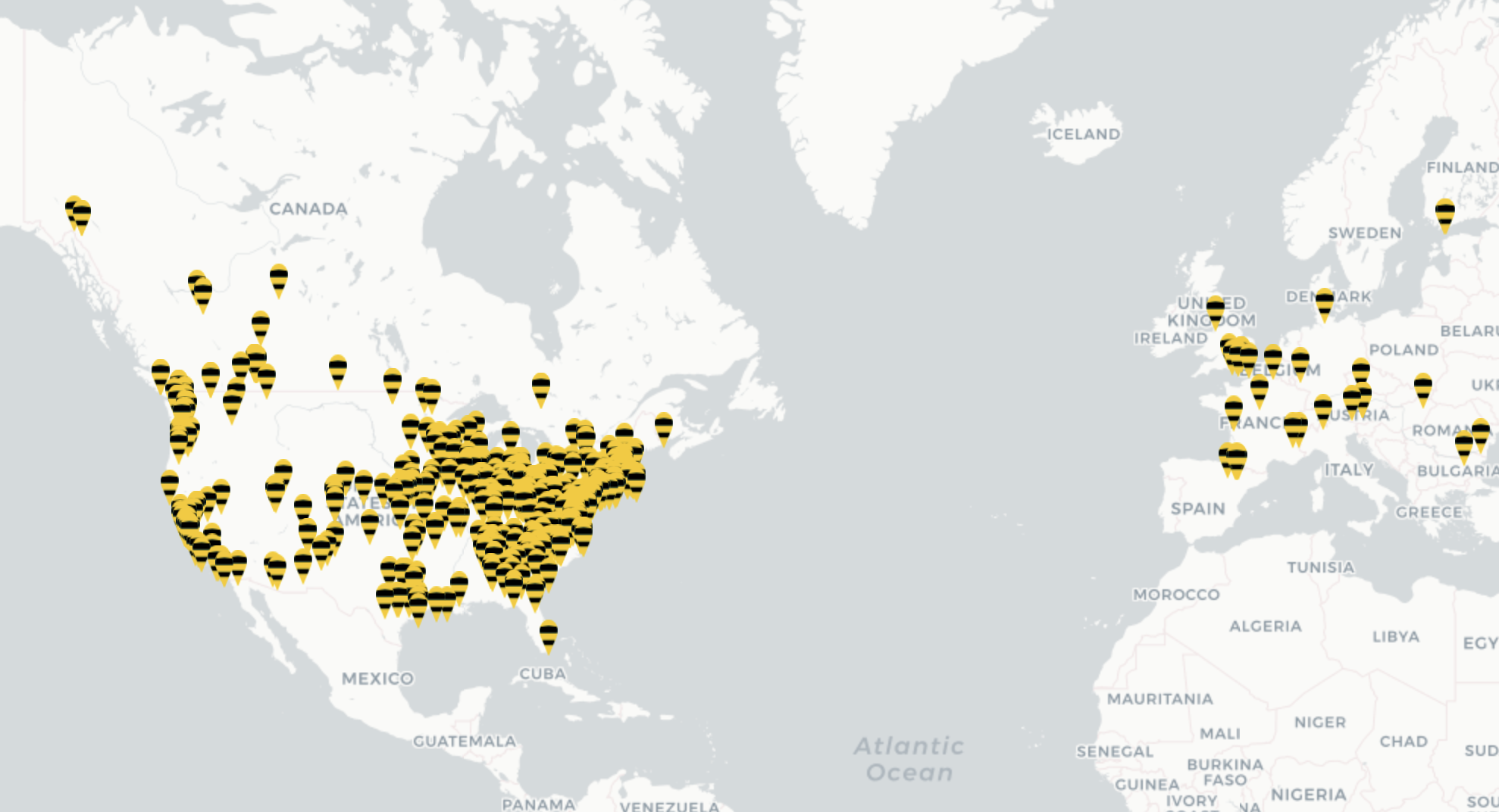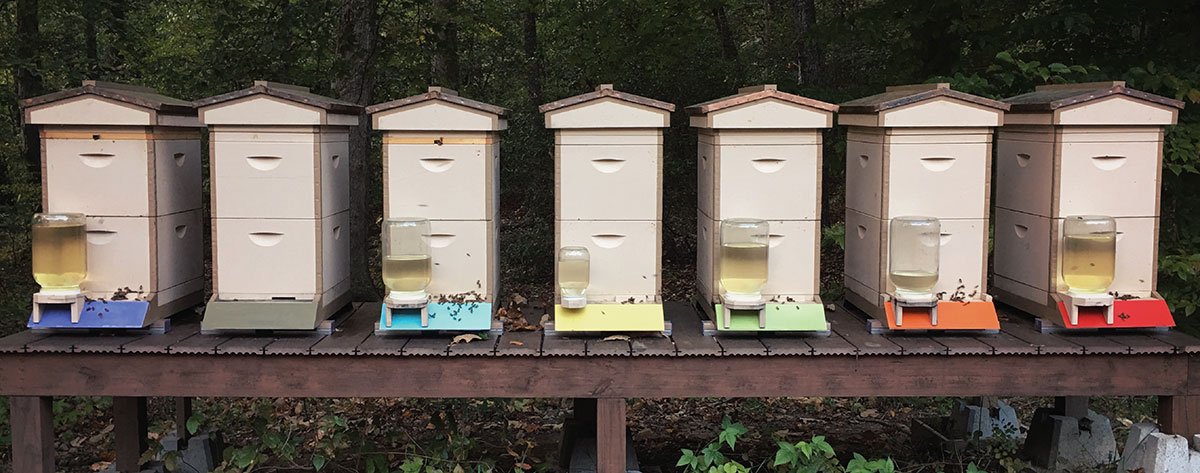In addition to providing world-class weather data for its revenue-generating customers, Weather Source is committed to sharing its data free of charge with worthy causes and organizations. At Google Cloud Next ’19, Weather Source connected with Broodminder, a leader in the wireless gathering, monitoring, and disseminating of public hive information to enhance honey bee health.
Weather Source is now providing complimentary OnPoint Weather data to Broodminder’s nonprofit arm, Bee Counted, which offers a Global Citizen Science website for public data access.
“Weather Source recognizes the importance of honey bees and the stability of nature’s pollen-transporting machines,” said Weather Source Sr. Vice President of Business Development Craig Stelmach. “Without hesitation, we agreed to provide Broodminder with data because we care about their mission and ensuring the future of agriculture and this critical component of our ecosystem are protected.”
As part of its citizen science campaign, Broodminder has delivered more than 13,000 hive-monitoring sensors in an effort to improve beekeeping worldwide.
“Bees don’t like you to inspect their hives because it’s essentially ripping apart their house,” said Broodminder Founder and CEO Rich Morris. “The more we can understand what’s going on inside, the less we have to conduct unnecessary inspections.”
This sensor data is shared via the public domain for use by any researcher or interested party, and reveals three major insights:
- Beehive trends across a region, the United States, or the globe.
- Environmental changes based on beehive weight, which is affected by the amount of nectar bees bring back to the hive from flowering plants.
- Based on beehive temperature, whether a new brood is being raised, which is of great significance for sustainability.

The addition of weather data will help the community learn even more about honey bees, according to Morris.
“How weather data plays into all of this is crucial,” he said. “For one thing, bees won’t go flying on rainy days. This is an important factor for studying the weight of the hive. Gaining access to Weather Source’s hyper-local weather data is terrific.”
In turn, Broodminder is sharing temperature data from its sensors back to Weather Source, adding another data stream to the vast array of potential information offered by the burgeoning Internet of Things (IoT).
“This is beneficial to Weather Source as additional data points on the ground for product accuracy and validation,” Stelmach said. “We are excited about IoT data and this is one dataset (i.e., temperature) from one network. Weather Source has been adding more unique weather sensing technologies. The more data we collect from more networks, the better our products will be and the more everyone will benefit.”
Morris said understanding how weather affects honey bees will help his team develop interventions and ultimately improve outcomes. He anticipates some exciting discoveries ahead, a la the “you don’t know what you don’t know” adage.
“You start by collecting data and looking for trends,” Morris said. “We are at that early stage of measuring. As time goes on we can develop interventions, then monitor those interventions to see how they’re working.”


